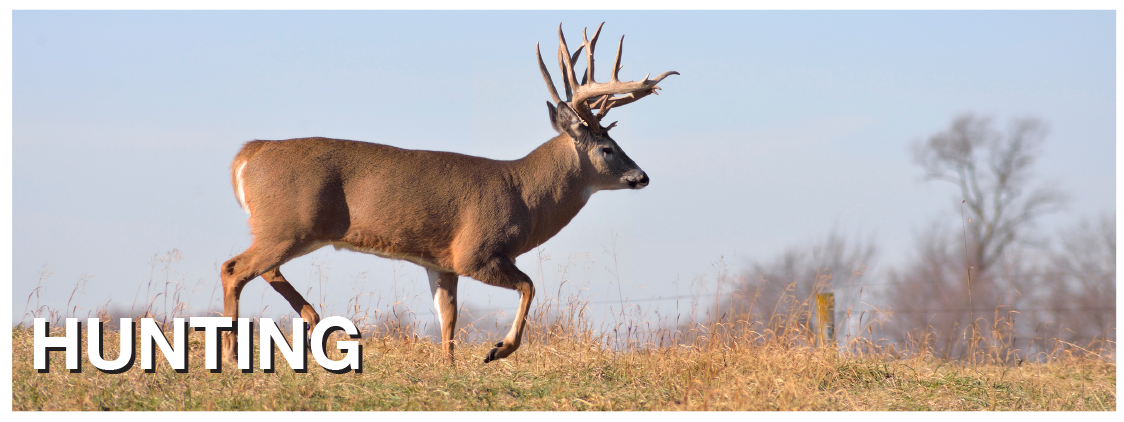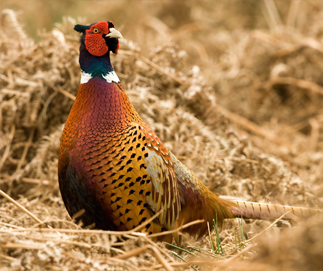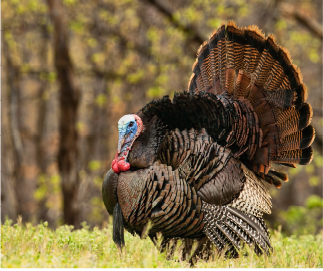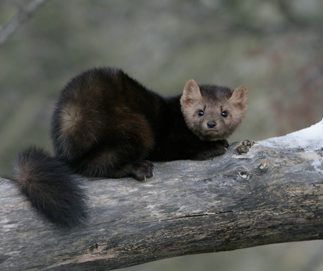Hunting

.png) Here at FieldPost we break down the event category Hunting into four subcategories: Big Game, Small Game, Migratory Birds and Furbearers. Within these areas we look to showcase the many types of hunting events. Who knows, you might find a new interest or club!
Here at FieldPost we break down the event category Hunting into four subcategories: Big Game, Small Game, Migratory Birds and Furbearers. Within these areas we look to showcase the many types of hunting events. Who knows, you might find a new interest or club!
Every year, hunters donate tens of millions of dollars to sportsman organizations to help promote wildlife and wildlife habitat. Groups like Ducks Unlimited, National Wild Turkey Federation, Whitetails Unlimited, Pheasants Forever/Quail Forever, Rocky Mountain Elk Foundation and many more work diligently to increase habitat which improves wildlife populations and offers better hunting for all to enjoy.

Besides providing money for habitat improvements, reintroduction efforts and educating the community on the importance of wildlife management through membership dollars, these organizations and clubs encourage individuals to get involved. Organizations mentioned above and others often hold fundraising events in the form of banquets throughout the year in many locations across the country.
These banquets provide opportunities for attendees to socialize with likeminded sportsmen and women, enjoy a good meal, reconnect with old friends and make new ones, participate in silent and live auctions, as well as many raffles throughout the event. Money raised goes towards that organization’s goals and attendees can leave with some great items knowing they supported an important cause.

Today, there are approximately 1 million elk and 34 million whitetails in the United States. These numbers are significant when you consider that in the early 1900’s there were less than 50,000 elk and 500,000 white-tailed deer that remained in our country. Credit needs to be given to the hunters, anglers and trappers that have purchased licenses and permits as well as donated their time, talent and dollars.
Hunting helps wildlife populations thrive. The U.S. Fish & Wildlife Service describes how this is done, “By respecting seasons and limits, hunters help ensure that wildlife populations are sustainable. Funds from licenses, federal duck stamps, and excise taxes on hunting equipment and ammunition help purchase and set aside millions of acres for wildlife.”

“Through the Federal Aid in Wildlife Restoration Act, or better known as the Pittman-Robertson Act, hunters find a range of conservation programs. The act sends revenue from an excise tax on firearms, ammunition and other related equipment to state wildlife agencies to be used for wildlife conservation projects, hunter education and outdoor recreation access. Through Pittman-Robertson, sportsmen and women have contributed more than $14 billion to conservation since 1937.”
Hunting is a tradition that has been carried down from generation to generation. There is something to be said about deer camp and the camaraderie had by all. Seeing a pointer go to work on a covey of quail or the sleepless night before opening day of turkey season. One way to share your experiences with others is to get involved with the national R3 program – Recruitment, Retention and Reactivation.
The next time you get a chance to take a new hunter with you, young or old, do it. Your participation in R3 can make a difference in the life of a hunter!
“I come home with an honestly earned feeling that something good has taken place. It makes no difference whether I got anything; it has to do with how the day was spent.”– Fred Bear 1902-1988


